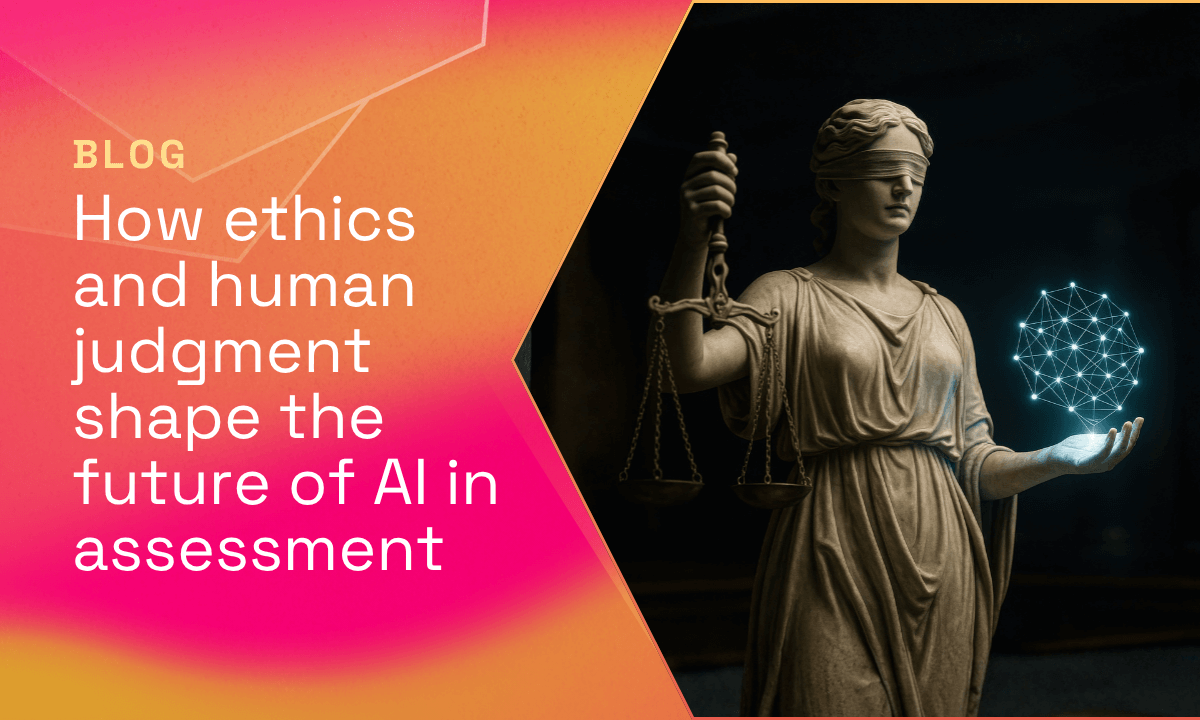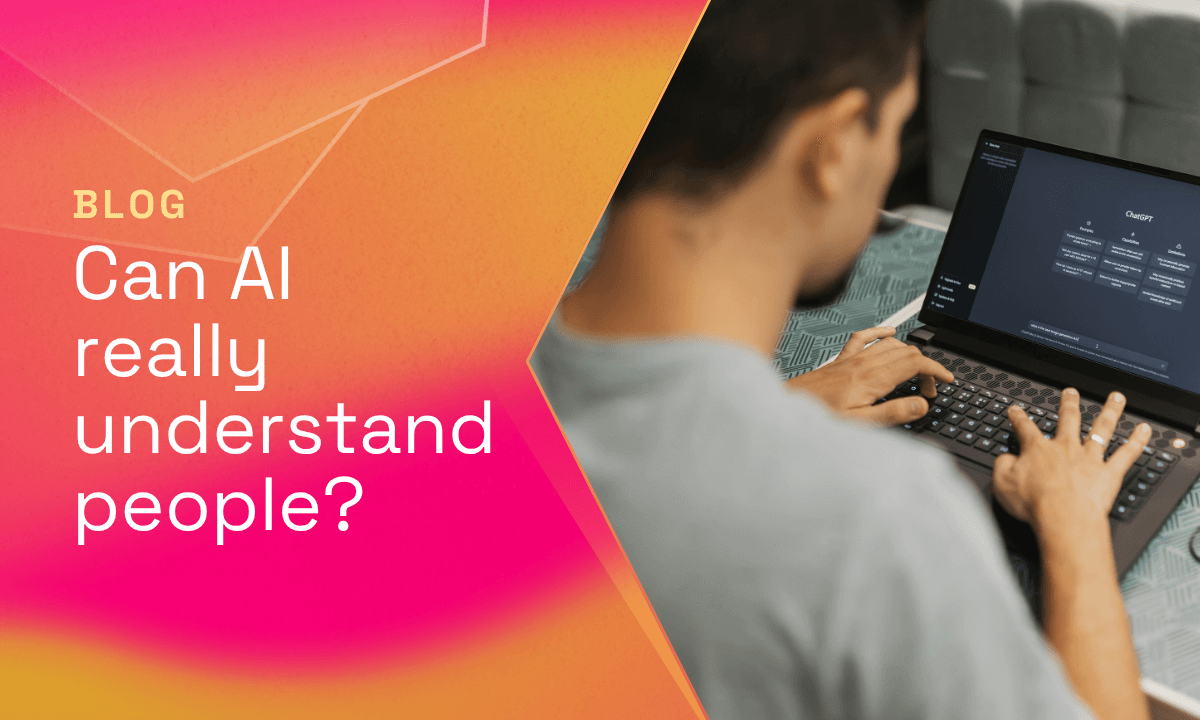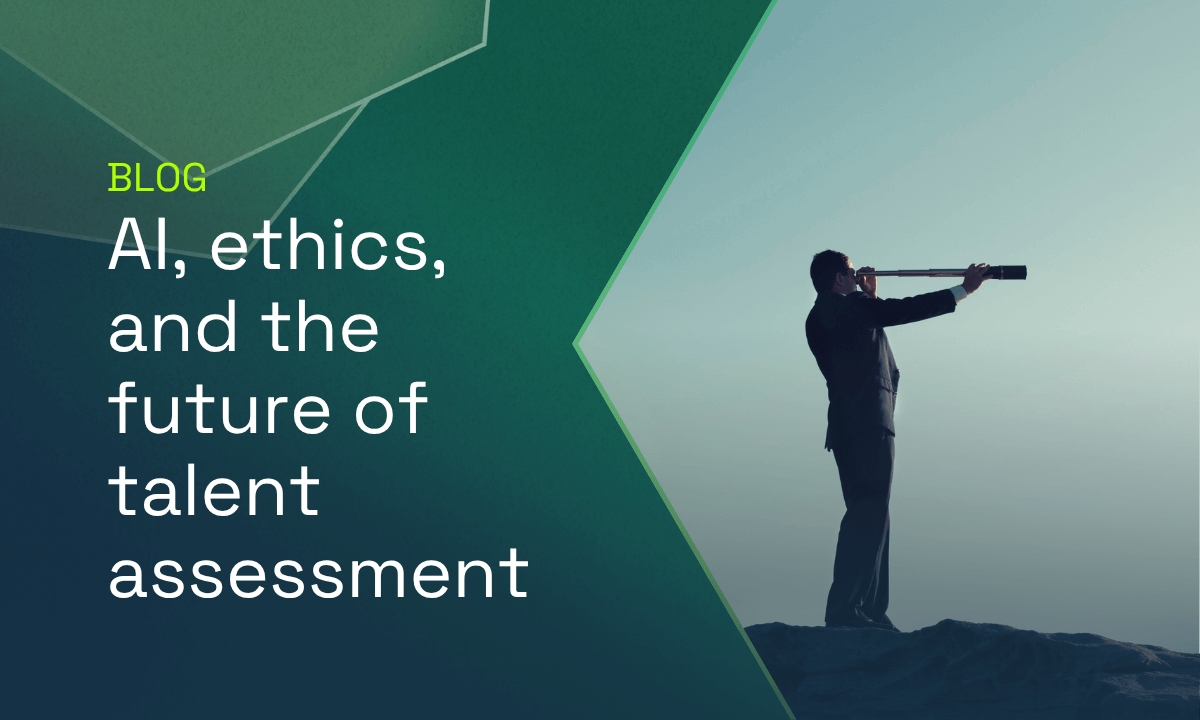Four ways to identify talent gaps
Have you ever wondered why some teams effortlessly excel while others struggle to meet even the simplest of goals? The answer lies in a concept that often goes unnoticed yet holds immense power: talent gaps.
In the dynamic landscape of talent management and talent planning, the term "talent gap" can be defined as a critical challenge that organizations face: the misalignment between the skills and qualities they possess and those needed to achieve their strategic objectives.
Managers can start identifying talent gaps by setting clear objectives for the qualities you seek in candidates. This guide provides you with four comprehensive parameters that you use to gauge the skills of your candidates:
Measuring Cognitive Diversity
Cognitive diversity refers to the differences in how individuals think, process information, and solve problems. Cognitive diversity has been found to boost productivity by 20%. In the quest for talent, organizations should prioritize assessing candidates based on their cognitive diversity. Look beyond resumes and standard qualifications to identify individuals with varied backgrounds, experiences, and thinking styles. This can be achieved through tailored interview questions, talent assessments, and observation of problem-solving approaches.
Understanding Emotional Intelligence (EQ)
When evaluating talent, it's essential to gauge not only technical competencies but also emotional intelligence. Studies indicate that over 80% of the skills that make top performers stand out are linked to emotional intelligence. Look for candidates who demonstrate self-awareness, empathy, adaptability, and resilience. A reliable way to understand this is by incorporating scientifically validated personality assessments that are capable of interpreting an individual’s emotional intelligence and his/her strengths and weaknesses in that facet.
Incorporating competency mapping
To ensure that your organization attracts the right talent, it's crucial to prioritize the specific skills you seek and integrate them into your personality assessment methodologies. By aligning these assessments with your desired skill set, you can effectively pinpoint candidates who not only possess the requisite qualifications but also embody the values and traits essential for success within your organization. With the help of Deeper Signals, you can customize your own competency framework or utilize our own Capability model.
Creating filters and benchmarks
Creating personalized filters and benchmarks tailored to match precise job specifications is crucial for precise candidate evaluation. Deeper Signals enables hiring managers to craft individualized filters and benchmarks, guaranteeing that candidates undergo assessment based on job-specific standards.

Talent gaps represent the void between where a company's workforce stands and where it needs to be to fulfill its mission and thrive in the market. Talent gaps could account for 1.7483 trillion dollars worth of loss in the US market alone. Hence, identifying the talent gaps and finding ways to address them effectively is essential.
Effectively identifying and addressing talent gaps demands a strategic approach blending traditional methods with modern technology. By analyzing skill needs using talent analytics, and embracing innovative tools, organizations can cultivate a workforce that's not only skilled but also diverse and adaptable. With this approach, companies can bridge talent discrepancies, foster growth, and thrive in today's competitive landscape, which would lead them to becoming a high performance organization.





























